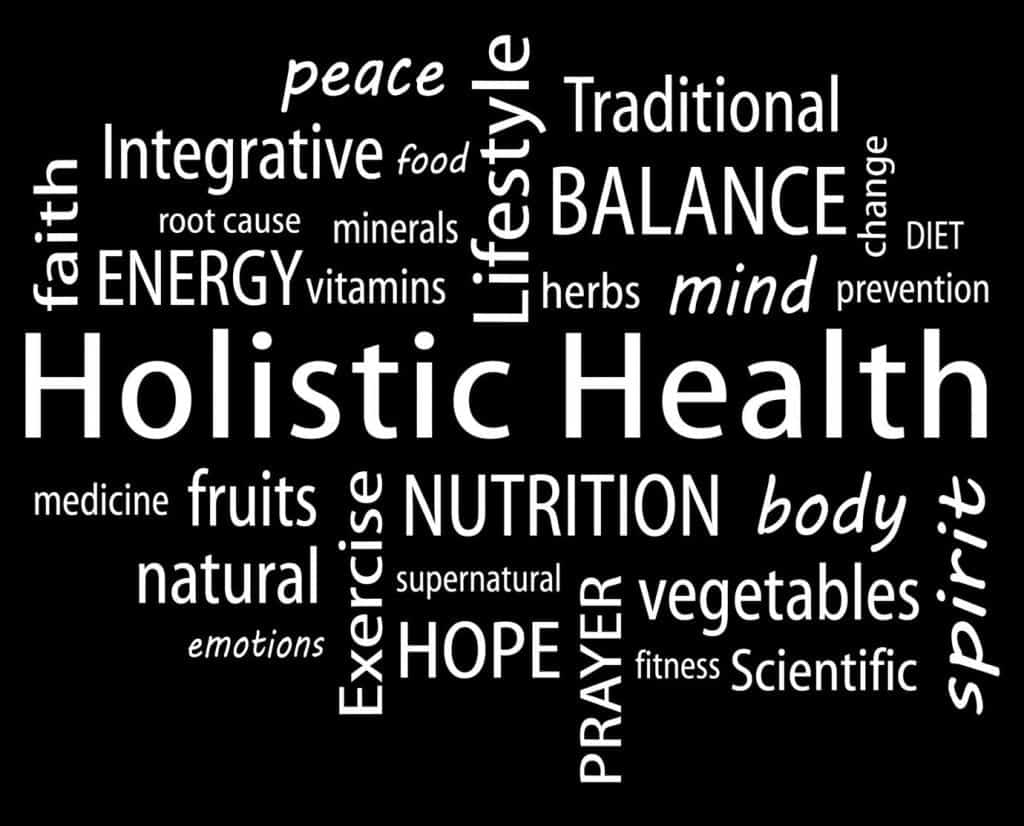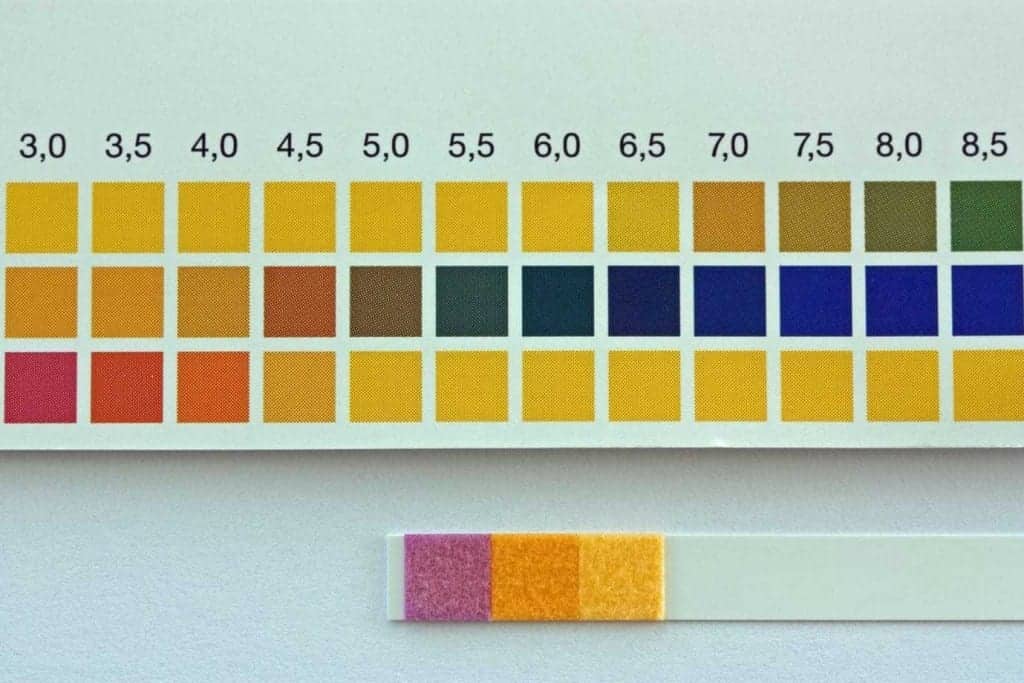Sugar terminology doesn’t have to be confusing. Here is a list of the different sugars and the explanation of what they’re made up of. I hope it helps your understanding.
1. What is Fructose?
Fructose is fruit sugar. It comes from fruits and vegetables where it occurs with essential nutrients and fibre. Fructose is the sweetest sugar and so it’s often used in processed foods. Most of the fructose used in processed foods comes from corn fructose. You will find fructose in soft drinks, prepackaged cakes and cookies, and other processed foods, which if consumed regularly can increase your fructose level to up to 80 grams a day. Ideally you would include no more than about 15 grams per day in your diet (1-2 pieces of fruit). Glucose is used for energy by all the cells in your body, including the brain, where it’s quickly burned up. However, fructose is not converted to energy as it has a different metabolic pathway to glucose. It’s stored as fat and this may cause insulin resistance, metabolic syndrome, and other more serious health conditions.
2. What is Sucrose?
Sucrose is table sugar. It mostly comes from sugar cane and sugar beets in its refined form. Sucrose is a disaccharide made from 50% glucose and 50% fructose.
3. What is Lactose?
Lactose is the sugar in milk. It is less sweet than table sugar and many people have digestive problems with the lactose in milk. Lactose is a disaccharide of glucose and galactose and makes up about 2-8% of milk (depending on species and individual). It is extracted from whey and whey products.
4. What is Maltose?
Maltose is malt sugar and the least common disaccharide in nature. Maltose is produced in germinating seeds such as barley. It’s made up of 2 glucose molecules.
5. What is Glucose?
Glucose is a monosaccharide or a simple sugar, also known as dextrose. It’s the primary source of energy used by every cell of the body. In fact, we all need glucose to both survive and thrive. It’s the primary source of energy for the brain and without enough of it thinking will be impaired. This is where confusion can arise. It has been asked “If glucose is that essential, why don’t we eat more of it to get more energy?”
The answer is because the fuel needs to be sourced from a low GI carbohydrate that slowly brakes down and is released over time rather than a sudden rush of sugar then a sharp drop that causes cravings for more sugar, headaches and major fluctuations in energy and mood.
A great metaphor for this is to think of a steam engine. Regular slow burning fuel like coal or hardwood is added to the fire to produce a continuous steady stream of energy to fuel the engine. However, if you use a refined fuel source like petrol to put on the fire it would blow up with an intense explosion of energy and then burn out very quickly.
Keeping glucose levels within their ideal range is vital for optimum health. When glucose levels aren’t properly regulated it can lead to diabetes, weight gain and fatigue. You can observe what too much sugar does to the brain by observing children at a party or after a sugar-laden snack.
Therefore, the take away message is:
Don’t eat much sugar & understand the low GI foods that create steady, long lasting energy.
To take control of your sugar habit and learn more about how sugar affects our health you can do my Sugar Detox: 2 Week Online Sugar Detox Program


